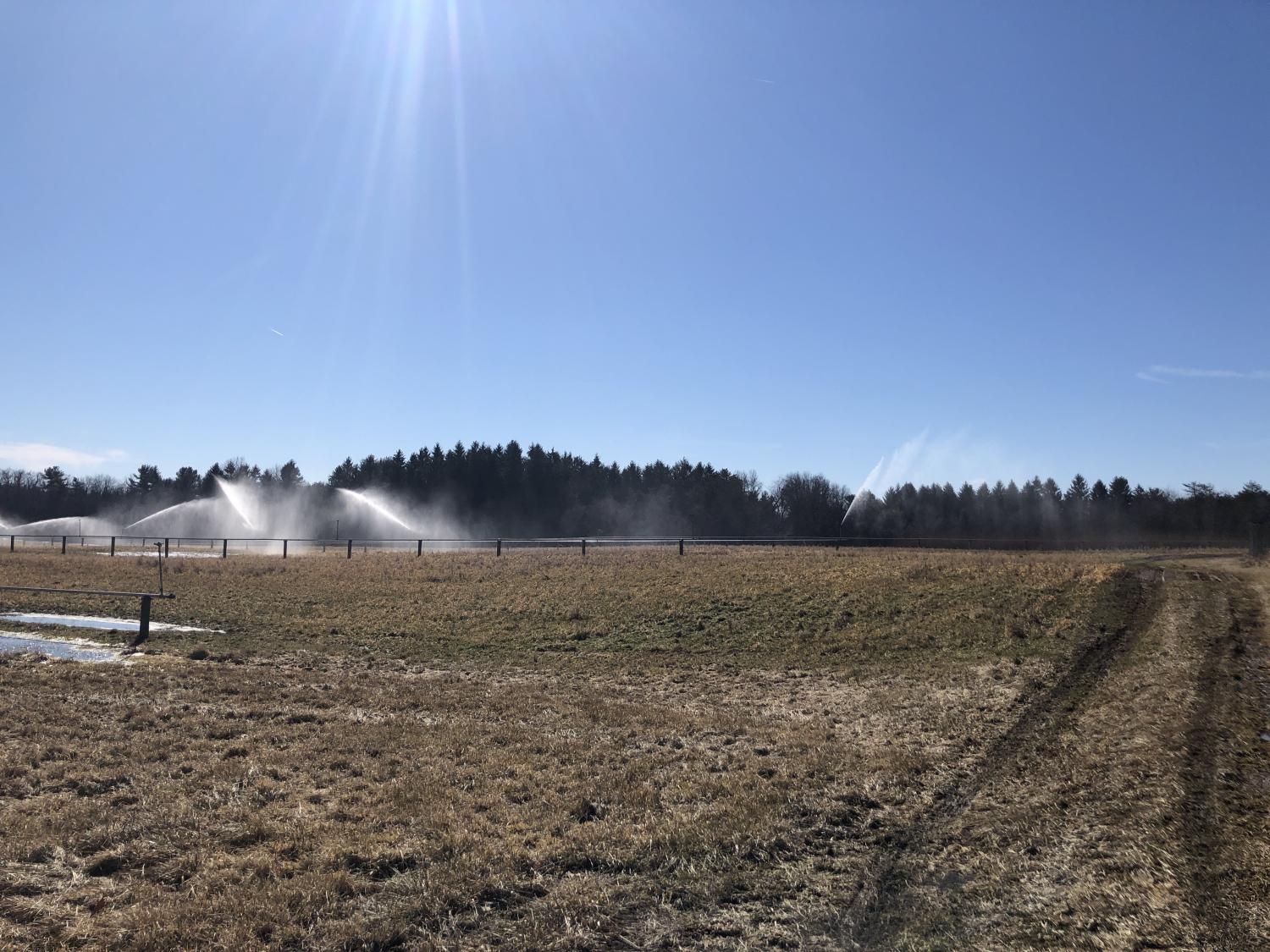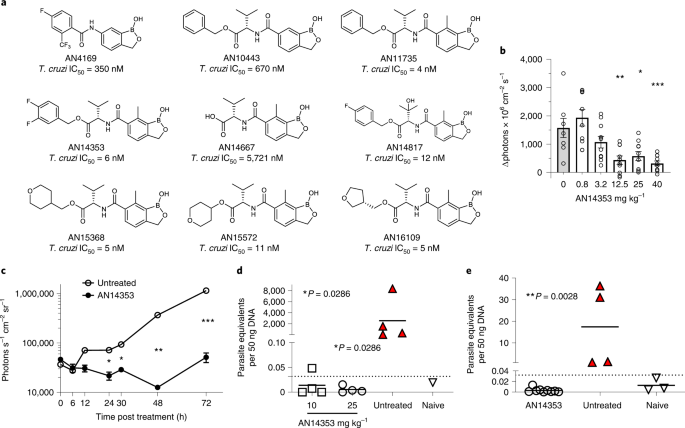2022-09-08 ペンシルベニア州立大学(PennState)
 Treated wastewater effluent is sprayed at Penn State’s beneficial reuse site, the “Living Filter.” This diverts the wastewater from Spring Creek and allows the soil to act as a natural filter for any chemical residuals that remain in the wastewater. Credit: Heather Preisendanz, Penn State. All Rights Reserved.
Treated wastewater effluent is sprayed at Penn State’s beneficial reuse site, the “Living Filter.” This diverts the wastewater from Spring Creek and allows the soil to act as a natural filter for any chemical residuals that remain in the wastewater. Credit: Heather Preisendanz, Penn State. All Rights Reserved.
米国農務省の科学者を含むチームは、2020年5月から2021年5月にかけて、ペンシルベニア州中央部の2つの廃水処理施設から毎週、流入(入水)および流出(出水)サンプルを採取しました。そのうちの1カ所には、サービスエリア内に病院が含まれている。
研究チームは、レムデシビル濃度がCOVID-19の入院患者数と相関し、デキサメタゾン濃度が人工呼吸器の入院患者数と相関していることを発見した。具体的には,病院の廃水処理場に流入したレムデシビルとデキサメタゾンの濃度はそれぞれ28%と31%であり,廃水処理場によるこれらの薬剤の平均除去効率は,それぞれ39%と56%であった.ヒドロキシクロロキンは、いずれの処理施設で採取された流入サンプルからも検出されなかった。
アセトアミノフェンとナプロキセンは、他のすべての対象医薬品よりもはるかに高い濃度で存在していたが、ウイルス濃度と流入医薬品濃度の間に相関関係は観察されず、地域社会におけるCOVID-19の流行を示す指標とはならないことが示唆された。しかし、排水中に検出されたナプロキセン濃度は、水生生物に低~中程度のリスクをもたらす可能性があるレベルである。
<関連情報>
- https://www.psu.edu/news/research/story/covid-19-drugs-persist-wastewater-may-pose-risk-aquatic-organisms/
- https://pubmed.ncbi.nlm.nih.gov/35919971/
COVID-19の大流行が有益な再利用のために処理される廃水中の医薬品に与えた影響:ペンシルバニア州中央部における2つのケーススタディ Impacts of the COVID-19 pandemic on pharmaceuticals in wastewater treated for beneficial reuse: Two case studies in central Pennsylvania
Kathryn R Hayden, Matthew Jones, Kyle R Elkin, Michael J Shreve, William Irvin Clees 2nd, Shirley Clark, Michael L Mashtare, Tamie L Veith, Herschel A Elliott, John E Watson, Justin Silverman, Thomas L Richard, Andrew F Read, Heather E Preisendanz
Journal of Environmental Quality Published:2022 Aug 2
DOI: 10.1002/jeq2.20398
Abstract
During the COVID-19 pandemic, wastewater surveillance was leveraged as a powerful tool for monitoring community-scale health. Further, the well-known persistence of some pharmaceuticals through wastewater treatment plants spurred concerns that increased usage of pharmaceuticals during the pandemic would increase the concentrations in wastewater treatment plant effluent. We collected weekly influent and effluent samples from May 2020 through May 2021 from two wastewater treatment plants in central Pennsylvania, the Penn State Water Reclamation Facility and the University Area Joint Authority, that provide effluent for beneficial reuse, including for irrigation. Samples were analyzed for severe acute respiratory syndrome coronavirus 2 (influent only), two over-the-counter medicines (acetaminophen and naproxen), five antibiotics (ampicillin, doxycycline, ofloxacin, sulfamethoxazole, and trimethoprim), two therapeutic agents (remdesivir and dexamethasone), and hydroxychloroquine. Although there were no correlations between pharmaceutical and virus concentration, remdesivir detection occurred when the number of hospitalized patients with COVID-19 increased, and dexamethasone detection co-occurred with the presence of patients with COVID-19 on ventilators. Additionally, Penn State decision-making regarding instruction modes explained the temporal variation of influent pharmaceutical concentrations, with detection occurring primarily when students were on campus. Risk quotients calculated for pharmaceuticals with known effective and lethal concentrations at which 50% of a population is affected for fish, daphnia, and algae were generally low in the effluent; however, some acute risks from sulfamethoxazole were high when students returned to campus. Remdesivir and dexamethasone persisted through the wastewater treatment plants, thereby introducing novel pharmaceuticals directly to soils and surface water. These results highlight connections between human health and water quality and further demonstrate the broad utility of wastewater surveillance.
© 2022 The Authors. Journal of Environmental Quality published by Wiley Periodicals LLC on behalf of American Society of Agronomy, Crop Science Society of America, and Soil Science Society of America.


